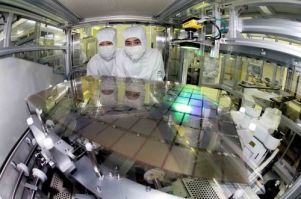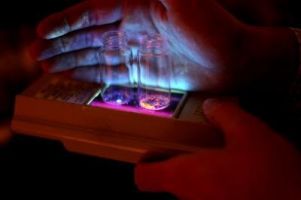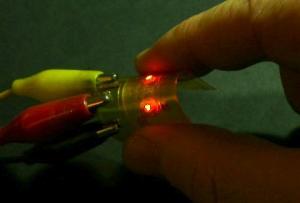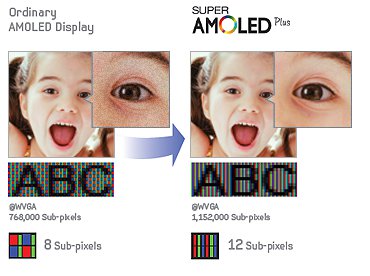Update: According to a different report, which makes more sense, Sintek will only supply touch-panels for Samsung AMOLEDs, and will not produce actual AMOLED displays. Sintek will indeed setup a Gen-5.5 plant to produce the touch panels. Update 2 - Digitimes posted a new story correcting their earlier report.
According to Digitimes, Sintek Photronics will supply touch panels for Samsung Mobile Display to be used in AMOLED panels. Digitimes also say that Sintek will setup a new Gen-5.5 LTPS line (scheduled to start production in Q4 2011) to supply backplanes for Samsung. The new plant will produce 50,000 monthly substrates. This will grow to 80,000 later.

According to the article, Samsung will start AMOLED production in their own Gen-5.5 only in Q2 2012. This is strange as we know that Samsung will start production during 2011. In their post, Digitimes also say that LG Display will start production in Q1 2012 (according to our sources, LG already started production). It seems that Digitimes thinks that all AMOLED plants will be delayed by one year (or maybe this is simply a mistake by Digitimes?).









